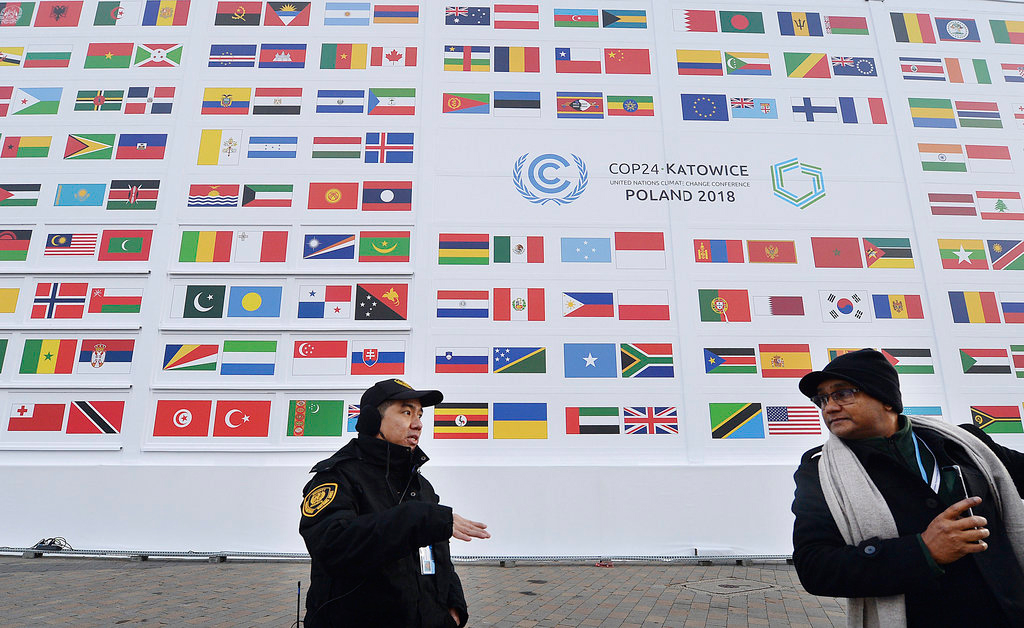Global warming is physics and chemistry, and you cannot negotiate with science for more time to solve the problem: more emissions mean a hotter planet. Dealing with the problem, however, requires an international negotiation involving almost 200 countries. In big gatherings of that sort, the convoy always moves at the speed of the slowest ships.
This is why the reporting on the United Nations climate change conference in Poland has been so downbeat. It did not produce bold new commitments to cut greenhouse gas emissions. It saw the usual attempts by the biggest fossil fuel producers, the United States of America, Russia and Saudi Arabia, to stall the process, and in the end it just produced a ‘rulebook’.
But that is all it was supposed to do, and it is not ‘just’ a rulebook. The great breakthrough at the Paris conference three years ago saw every country finally agree to adopt a plan for emission reductions. But the Paris accord was a mere sketch, only 27 pages long. Fleshing it out — what the plans should cover, how often they should be updated, how countries should measure and report their emissions, how much leeway should be given to poor countries with bad data — was left until later. Later is now, and in the end they did come up with a 256-page rulebook that fills in most of these blanks.
“We have a system of transparency, we have a system of reporting, we have rules to measure our emissions, we have a system to measure the impacts of our policies compared to what science recommends,” said the European Union’s climate commissioner, Miguel Arias Canete. It was an excruciating process, and it still leaves a few things out, but it settled a thousand details about how the Paris deal will really work.
This year’s conference dealt with the details at the ministerial level. Next year, the UN secretary-general, Antonio Guterres, will host a summit of the biggest emitters to lay the groundwork for the key 2020 meeting. That is when countries will report if they have kept their 2015 promises on emission cuts, and hopefully promise much bigger cuts for the next five years.
The Paris deal is important, but it has come far too late to stop the average global temperature from rising to the never-exceed target of +2 degrees Celsius that was adopted many years ago, let alone the lower target of +1.5 degree C that scientists now believe is necessary. We are already at +1 degree C, and current promises of emission cuts will take us up past +3 degree C. At the moment emissions are still going up (by 3 per cent this year). Even if countries make further major commitments to cut emissions in 2020, it is hard to believe that we can avoid devastating heat waves, droughts, floods, a rise in sea-level, and a sharp fall in global food production.
So while we are cutting emissions, we also need to be working on ways to remove some of the carbon dioxide and other greenhouse gases we have already put into the atmosphere. Various ideas for doing that are being worked upon, but they will probably become available on a large scale too late to keep the temperature rise below +2 degree C.
So geoengineering — direct intervention in the atmosphere to hold the temperature down while we work on getting emissions down — will probably be needed as well. Nobody really wants to do ‘solar radiation management’, but cutting the amount of sunlight reaching the planet’s surface by just a small amount is technically feasible. It could temporarily halt the warming and give us the extra time we are probably going to need.
We are getting into very deep water here, but we may have no other options. If we had started cutting our emissions 20 years ago (when we already knew where they would eventually take us), such drastic measures would not be necessary. But that is not the human way, and so we will have to take the risks or pay the price.













